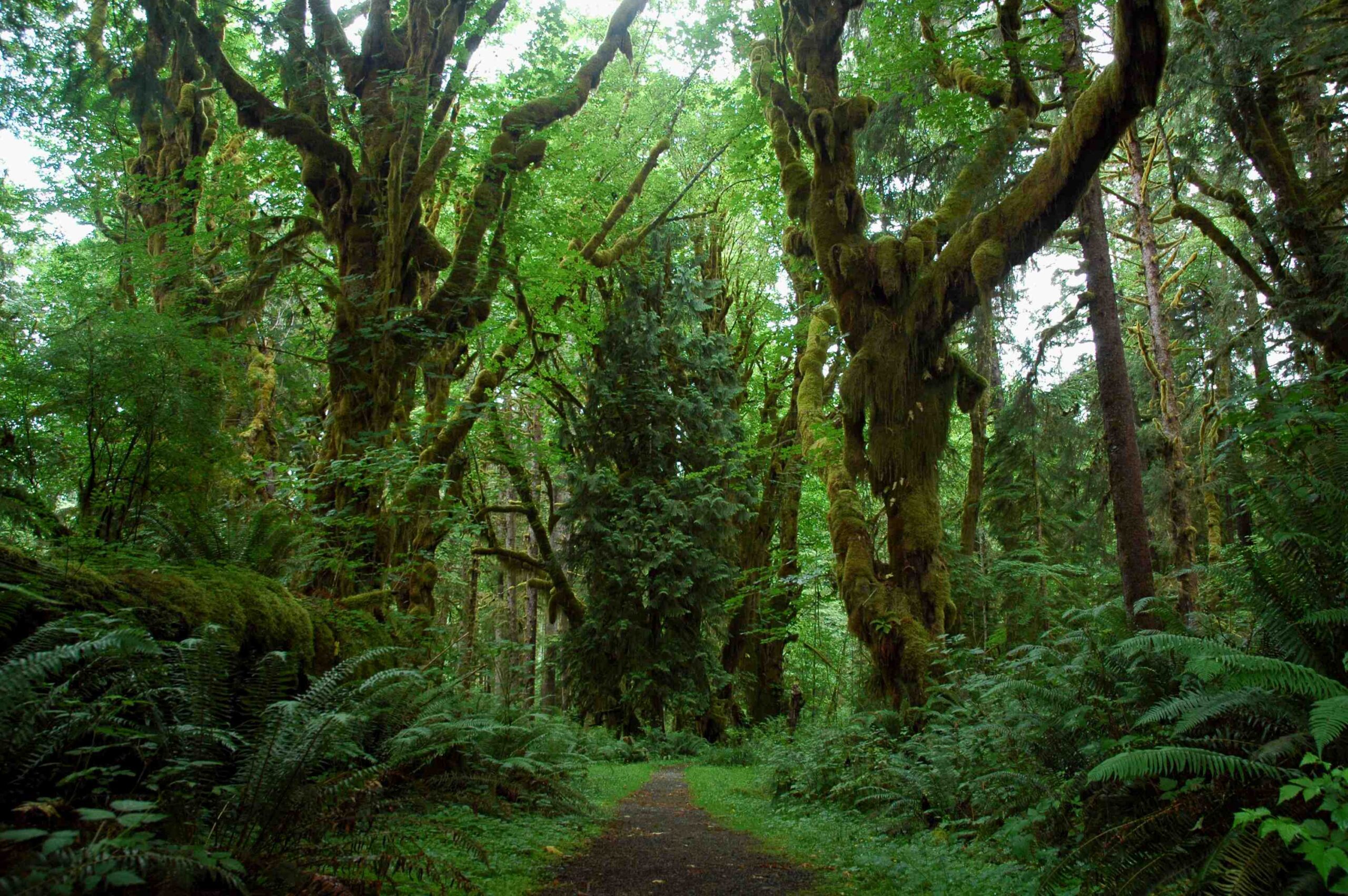Olympic National Park offers incredible opportunities for orca sightings. The park’s coastal waters are home to resident, transient, and offshore orca populations. Visitors can observe these majestic creatures from various viewpoints along the coast or join whale-watching tours. The best time for orca sightings is typically from May to September, with the San Juan Islands and Port Townsend being popular spots. Understanding orca migration patterns, behaviors, and the best viewing locations can enhance your chances of a memorable encounter.
What Are the Orca Migration Patterns at Olympic National Park?

Orca migration patterns at Olympic National Park vary depending on the type of orca:
- Resident Orcas:
- Frequent the waters around San Juan Islands and Puget Sound
- Follow chum salmon runs into lower Puget Sound during fall and early winter
-
More commonly seen from May through September
-
Transient Orcas (Bigg’s killer whales):
- Travel in small groups
- Migrate through coastal waters from southern Alaska to California
-
Often hunt in the Salish Sea
-
Offshore Orcas:
- Inhabit open ocean
- Less frequently seen
- Feed on marine animals, including sharks
- Migration patterns not as well-documented
When and Where Are the Best Times for Orca Sightings?

The optimal times and locations for orca sightings near Olympic National Park are:
Best Times:
- May through September (especially for resident orcas)
- Transient orcas can be seen year-round, but more active in summer and fall
Key Locations:
- San Juan Islands
- Port Townsend
- Neah Bay and La Push
- Destruction Island Viewpoint
Time of Day and Weather:
- Early morning and late afternoon often ideal
- Calm weather and clear visibility enhance sighting chances
What Orca Watching Tours Are Available at Olympic National Park?
Several tour operators offer orca watching experiences near Olympic National Park:
| Tour Operator | Departure Point | Tour Duration | Approximate Cost |
|---|---|---|---|
| Puget Sound Express | Port Townsend | Half-day | $80 – $150 |
| Various Operators | Anacortes | Half to Full-day | Varies |
Most tours include:
– Knowledgeable guides
– Onboard facilities (restrooms, seating)
– Educational materials
– Some offer hydrophones to listen to whale sounds
Group sizes typically range from 10 to 50 people, depending on the operator.
What Behaviors Can Be Observed During Orca Sightings?
During orca sightings at Olympic National Park, visitors may observe various behaviors:
- Social Interactions:
- Complex social structures in resident orcas
- Breaching
- Spy-hopping
-
Vocalizations
-
Feeding Habits:
- Resident orcas: Primarily feed on Chinook salmon
-
Transient orcas: Hunt marine mammals (harbor seals, stellar sea lions, Dall’s porpoises)
-
Notable Patterns:
- Changes in migration and feeding patterns due to difficulty finding preferred prey
- More spread-out behavior
- Less consistent presence in traditional feeding grounds
How Can Visitors Increase Their Chances of Orca Sightings?
To maximize your chances of orca sightings at Olympic National Park:
- Plan Your Visit:
- Schedule your trip between May and September
-
Check local wildlife reports before your visit
-
Choose the Right Location:
- Visit popular viewing spots like San Juan Islands or Port Townsend
-
Consider multiple viewpoints along the coast
-
Join a Guided Tour:
- Book a tour with experienced operators
-
Benefit from their knowledge of recent sightings and orca behavior
-
Be Patient and Prepared:
- Bring binoculars for better viewing
- Allow ample time at each location
-
Be ready to wait, as sightings are not guaranteed
-
Learn Orca Behaviors:
- Familiarize yourself with common orca behaviors
-
This can help you spot them more easily
-
Follow Guidelines:
- Respect wildlife viewing guidelines
- Maintain safe distances to protect both yourself and the orcas
By following these tips and understanding orca patterns, visitors can enhance their chances of experiencing the awe-inspiring sight of orcas in their natural habitat at Olympic National Park.
What Conservation Efforts Support Orca Populations at Olympic National Park?
Conservation efforts play a crucial role in protecting orca populations near Olympic National Park:
- Habitat Protection:
- Establishment of marine protected areas
-
Efforts to maintain clean water and healthy ecosystems
-
Salmon Recovery Programs:
- Initiatives to restore salmon populations, a key food source for resident orcas
-
Habitat restoration projects in salmon spawning areas
-
Vessel Regulations:
- Implementation of guidelines for whale-watching boats
-
Restrictions on vessel proximity to orcas
-
Research and Monitoring:
- Ongoing studies of orca populations, behaviors, and health
-
Use of advanced technologies for non-invasive research
-
Public Education:
- Programs to raise awareness about orca conservation
-
Visitor education on responsible wildlife viewing
-
Pollution Reduction:
- Efforts to reduce contaminants in marine environments
- Initiatives to address ocean noise pollution
These conservation efforts aim to ensure the long-term survival of orca populations and maintain the ecological balance of the Olympic National Park’s marine ecosystem.
References:
– Wanderlux – Best Orca Whale Watching in Washington State
– My Olympic Park – Olympic Coast Whales
– My Olympic Park – Whale Watching

